[Guide] Start Investing Tax-Free in Japan
The ultimate guide for people in Japan to start investing tax-free in stocks and funds
As you have scoured the internet to find this magnificent Japanese value-stock newsletter, chances are quite high that you are now looking to invest your hard earned cash into them.
Sadly, as with everything in Japan there’s a multitude of things to consider before starting. Therefore, I have created this wonderful guide on how to start investing in Japanese stocks and funds.
In this article, I will thoroughly explain all steps of opening a securities/brokerage account in Japan and start trading stocks and funds. In addition, I will introduce the five best securities companies for you!
I will also introduce the NISA account, a way for anyone living in Japan to invest up to 1,200,000 yen every year completely tax free!
Agenda
Best securities/brokerage companies in Japan
Read this if you are a US citizen/Green-card holder
How to open a securities account and start investing
Documents to prepare before registering for a securities account
How to open a securities account
How to deposit money into your securities account
How to buy stocks and funds
What to do if you invest more than the NISA limit of 1,200,000 yen?
That’s it!
Note: You must be a resident of Japan to open a securities account here. Also, if you are an US citizen, you can not open a NISA account (more on that below)
1. Best securities/brokerage companies in Japan
There’s droves of securities companies in Japan. However, most of them (especially the big banks) lack trading tools, have a very small selection of stocks, and worst of all, exorbitant brokerage fees…
To make your investment journey easier, I have hand-picked the five best securities companies in Japan below:
Important to note:
The column “Small investment” means that you can buy as little as 1 share of a company (in Japan, shares are normally traded in sets of 100)
These five companies allow for a so-called NISA account (more on that below)
If you have a bank account with any of these companies, its much easier to start a securities account with them
No securities company on this list has English support, so prepare to use Google Translate
Read this if you are a US citizen/Green-card holder
If you are are a US citizen, most Japanese securities companies do not accept your application.
However, there are two companies that do:
1. Interactive Brokers is an online broker service that is willing to deal with US citizens living outside the US. As they are an American company, reporting and tax compliance is greatly simplified.
2. American Citizens Abroad has a range of services and advice.
Also, NISA accounts are not tax-exempt according to the IRS, so aim for a Specific (特) or General securities account instead.
Now when you’ve chosen your securities company, let’s open a securities account:
2. How to open a securities account and start investing
1. Documents to prepare before registering for a securities account
Identity verification documents (usually at least two are required)
With photo
Japanese Driver's license
Residence card
Special permanent resident certificate
Passport (with address field)
No face photo
Health insurance card
National pension certificate
Seal certificate
Printed copy of resident's card
My Number documents (legally required since 2016)
My Number documents and/or My Number card
Copy of resident's card with My Number
Certificate of resident's card entry with My Number
Documents that can confirm your bank account number
Deposit account passbook
Cash card/debit card
You will not need all these documents, but have them handy just in case!
2. How to open a securities account
Let's review the three steps that are generally required to open an account:
Account opening application (homepage or telephone)
Submission of necessary documents such as necessary items and identity verification documents (input, upload, or email)
Initial setup (via homepage)
The number of days required from application to opening an account will vary depending on the securities company and procedure method. For some securities companies, you can start trading the same day by submitting the necessary documents via PC or smartphone (Line Securities is such a company in my ranking list).
However, most securities companies will require both documents online and via post, and it takes about 1 week to 10 days to exchange documents by post.
NOTE: Always open a NISA account
The best investment account in Japan is the so-called NISA, short for Nippon Individual Savings Account. This is a program from the Japanese government that aims to make long time investment appealing to the masses, by offering a tax exemption safety net, in a setup and forget system. The account allows you to invest 1,200,00 JPY tax free every year for 5 years and then hold your investments for up to 10 year. All residents of Japan, including non-Japanese nationals over the age of 20, are eligible to partake in the system.
There are other types of NISA accounts, but according to me, this is the only one that makes sense to use.
NOTE: The application for the current NISA account will end by the end of 2023.
3. How to deposit money into your securities account
You’re probably far too familiar with the exorbitant fees Japanese banks charge to transfer money.
Luckily, most securities companies allow free money transfers if you register your bank with them!
Here’s a summary of the main transfer methods to your newly opened securities account:
4. How to buy stocks and funds
Once you have opened an account and deposited money, it’s time to start investing in Japanese stocks and funds!
When ordering stocks or funds, decide the following before proceeding:
Company name/Ticker number
Number of shares to purchase
How to order
1. When you start investing in stocks and funds, you have to find them first. For stocks, it’s often easiest to search it on a securities website if you know its ticker number (a four digit number unique to each company). To find it, just Google for example: “Toyota stock”. The ticker number will be written like this under the stock name: TYO: 7203. For funds, most securities sites have a rigorous list where you can filter funds by region, investment style and fees. Keep an eye on the fund’s fees as many funds in Japan takes unjustifiably high management fees.
2. Determine the number of shares to purchase. The purchase price of shares is determined by "stock price x number of shares". As a general rule, shares are traded in units of 100. In other words, for a company with a stock price of 1,000 yen, the purchase price will be 100,000 yen (1,000 yen x 100 shares). If you want to purchase in less than one unit (100 shares), there is often a button next to the unit button which allows you to buy individual shares. Note that the cost structure might be different for individual shares.
3. Finally, decide how to order. There are two types of stock orders: market orders and limit orders . Market orders places an order without specifying the buy/sell price. The order will be completed, but depending on the market movements, the price might differ from what you see when you placed the order. A limit order is where you specify a buy/sell price. You can aim for a contract at the price, but be aware that the transaction may not be completed depending on the market movements.
5. What to do if you invest more than the NISA limit of 1,200,000 yen?
Securities companies usually make it very easy for you to continue investing after you filled up your NISA quota. However, be aware that all profits from those investments are subject to a 20.315% tax.
There are two types of regular trading accounts, a Specific(特) and a General account:
Always open a specific account unless you love additional paperwork.
3. That’s it!
That wasn’t so hard now, was it?
Hopefully by the end of this guide, you have set up your securities account and are waiting to start trading! If not, please feel free to comment why and I’ll be sure to answer.
While waiting, get some inspiration on what to invest in by checking out my stock recommendations below:



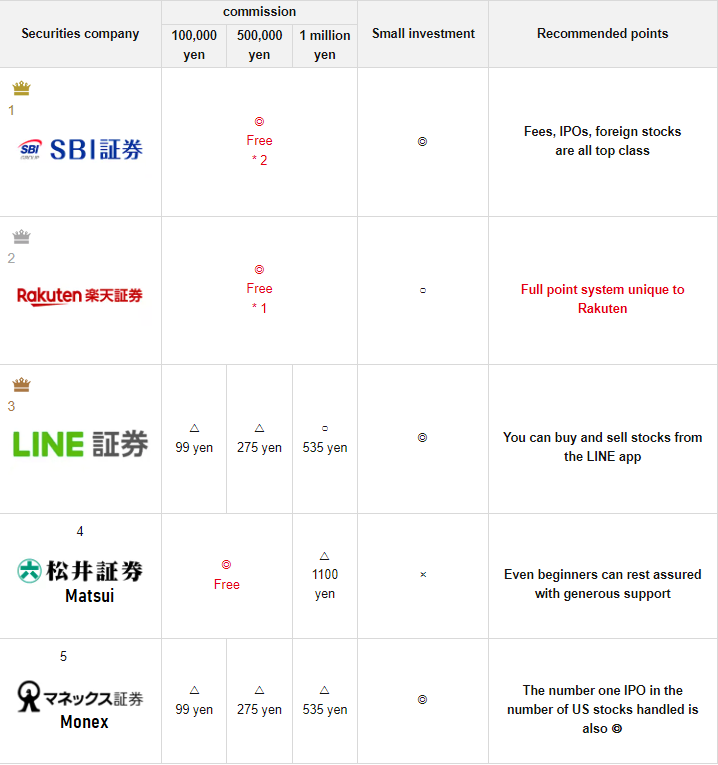
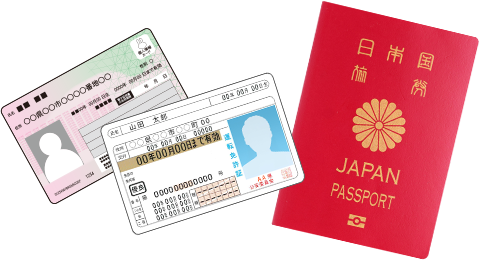
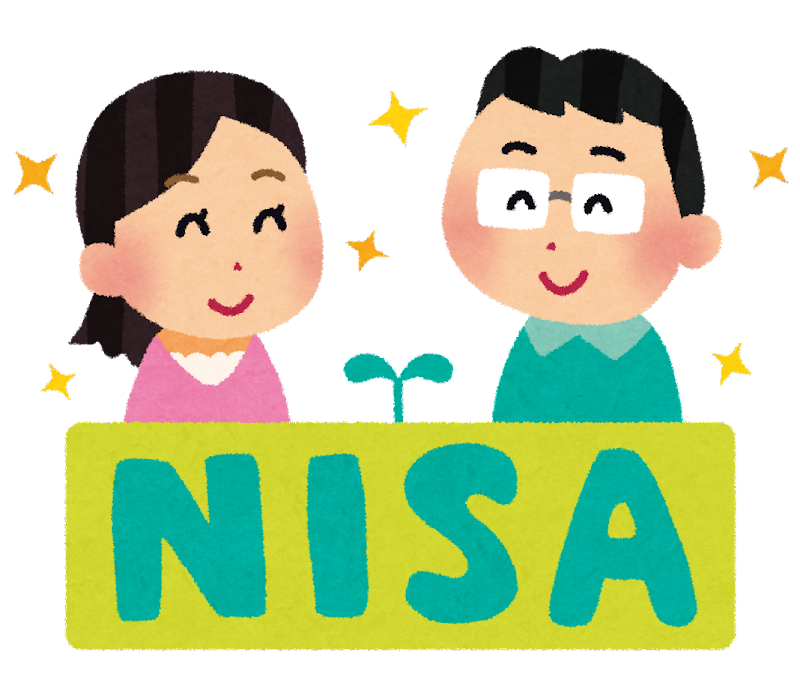
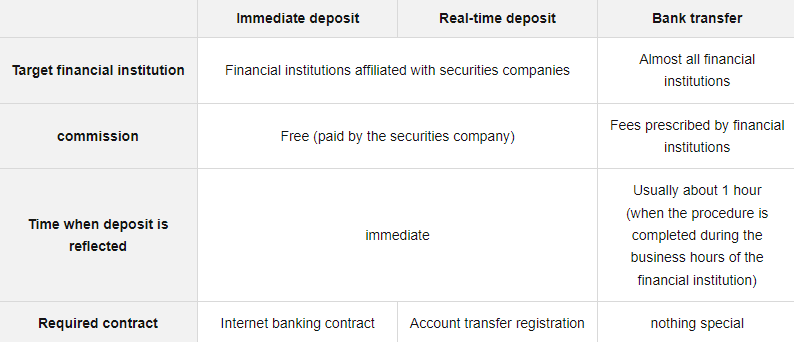

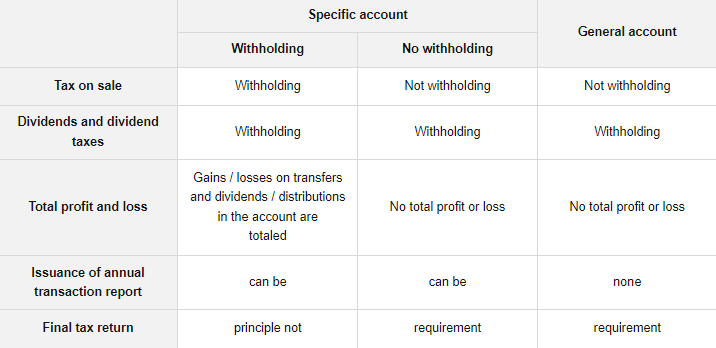


> NOTE: Always open a NISA account
You may want to mention that for US persons, this is an incredibly bad idea. Maybe add a disclaimer that this does not apply to Americans?
There is some very misleading information about index funds investing here.
A low cost fund (Emaxis Slim S&P500) in a Tsumitate Nisa, reinvesting dividend internally, is an incredibly powerful investment.
That is the yardstick that value investors need to measure their performance against.
If you cannot beat the market, your just wasting your time.